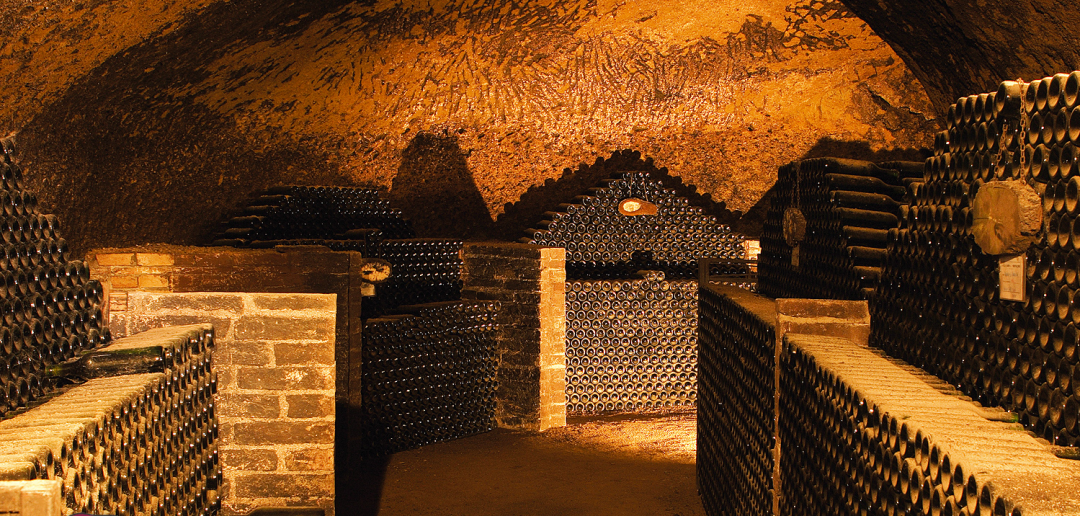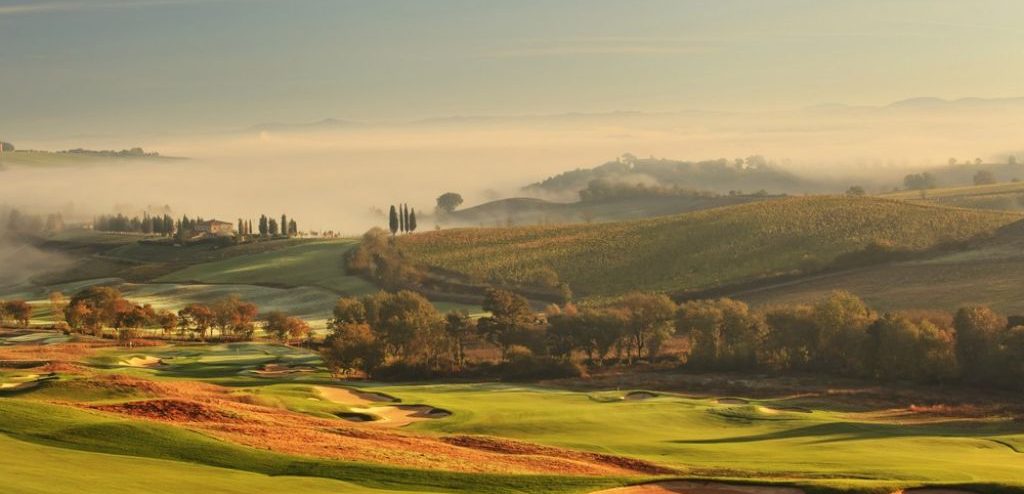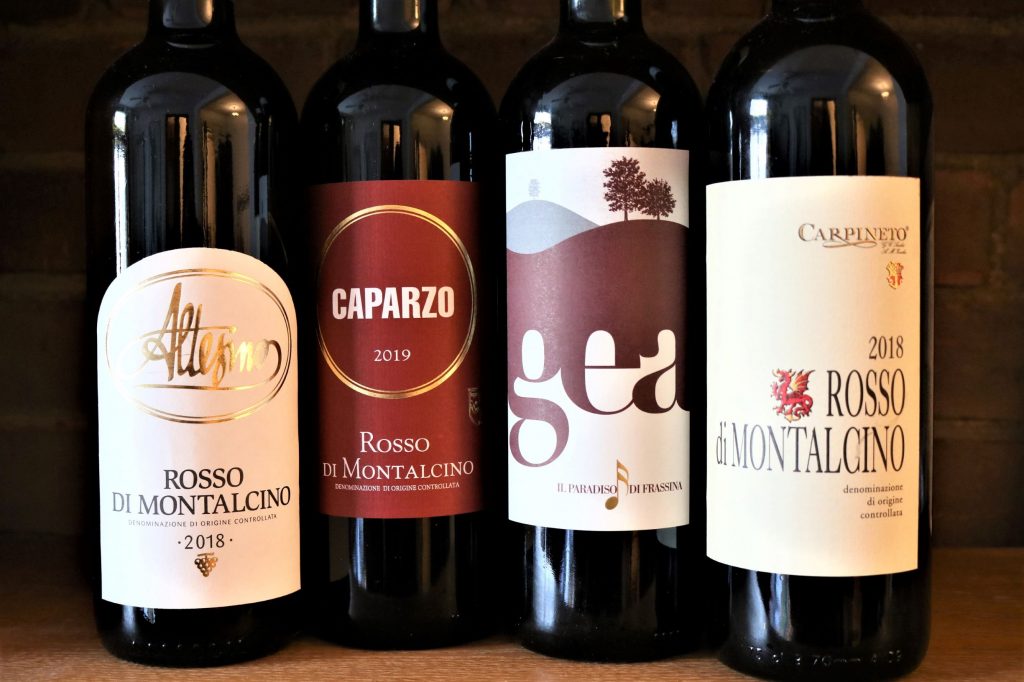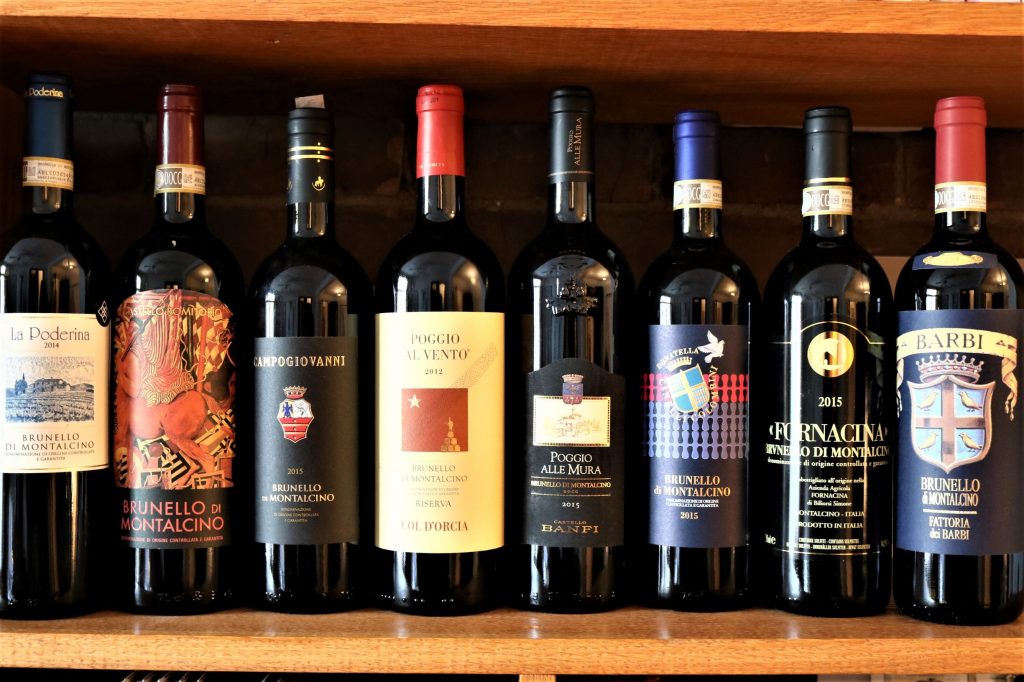This January, the Brunello di Montalcino 2017 vintage will be released, alongside the 2016 Riserva wines. The date is no arbitrary decision by local winemakers. It is a precise ageing requirement set down in the region’s controlled and guaranteed denomination of origin (DOCG) regulations.
Brunello di Montalcino is made exclusively from the Sangiovese grape. These premium quality Tuscan wines are considered amongst the finest reds Italy has to offer. For an overview of the region, its terroir, wine styles, and so forth, click here.
The Evolution of Brunello di Montalcino
In the thirty years that Montalcino has held the top-tier DOCG status, much has changed in the region. Once home to a few dozen vintners, with most estates operating as polycultures, Montalcino now counts over 200 wineries devoted to the craft of fine winemaking.
During this time, the wine styles have evolved quite significantly. A move to smaller French barriques, and lavish use of new oak has come and gone. Most producers now favour a mix of mainly used barrels and the large, traditional Slavonian casks.
Tannic structure has also shifted dramatically, according to Italian wine expert, Susan Hulme MW. Once powerfully firm and somewhat coarse in certain sectors, there has been a marked shift towards more refined, approachable tannins. Hulme suggests that this is linked to improved vineyard management, optimized harvest dates, and greater restraint in the cellars, in terms of extraction and ageing.

Brunello di Montalcino 2017 Vintage Conditions
The Brunello di Montalcino 2017 vintage was a nail biter for many growers. Following a warm, dry winter and early spring, vines budded two weeks early across Montalcino. A cold snap later April led to frost damage in certain areas.
The months of July and August were hot and very dry, causing hydric stress and shrivelled grape berries in some parcels. Sites with clay-dominant soils faired better, due to their great absorption and holding of the scattered, late spring rains.
Thankfully, cool nighttime temperatures throughout the late summer allowed for good acid retention. This, coupled with some timely rains and more moderate temperatures early September, allowed hopes for a fine vintage to rise again.
An ensuing period of warm, sunny weather extended the growing season well into October in many parts of the appellation. While not up to the loft heights of the 2016 vintage, the Consorzio (grower’s association) gave the Brunello di Montalcino 2017 vintage a very positive, four-star rating.

Tasting the Brunello di Montalcino 2017 Wines
I recently travelled to Montalcino, to participate in Benvenuto Brunello. The region’s annual unveiling of the new vintage gives media, sommeliers, and other wine aficionados an exclusive preview of the wines before they hit store shelves.
The event took place at the beautiful, medieval Sant’Agostini cloisters atop the village square. Lines of impeccably attired sommeliers stood to attention around the tasting tables, ready to fetch requested wines at the raise of a taster’s hand.
The list of samples was extensive, covering the Brunello di Montalcino 2017 wines of Consorzio members, as well as their single vineyard bottlings, 2016 Riserva cuvées, and a smattering of 2018 and 2019 Rosso di Montalcino bottlings.
While I wasn’t able to taste every wine – many bottles of the highly rated wines ran out as the day wore on – I did get through over one hundred samples. For the purposes of this article, I will focus on the Brunello di Montalcino 2017 wines.
On the whole, the vintage yielded vivid wines with complex, well-defined aromatics. My notes regularly mentioned perfumed aromas of red berries and cherries, orange peel, floral nuances, and balsamic hints. Lively acidity was also a common feature.
Beyond fragrance and freshness, the similarities waned. In terms of structure, the Brunello di Montalcino 2017 wines ranged from light and silky to weightier, more voluptuous offerings – often a function of vineyard altitude and orientation.
Tannins were also highly varied across the wines. The best offered chalky to fairly grippy, yet ripe tannins. Many will require a few years to unwind but should prove to be good moderate term cellaring wines offering Brunello lovers a lot of pleasure. There were, however, many cases of green, astringent tannins marring otherwise pleasant Brunellos.

Brunello di Montalcino 2017 Tasting Notes
MY TOP 20 WINES
Casanova di Neri Brunello di Montalcino 2017
A powerful, aromatic wine redolent with a myriad of ripe red fruit, exotic spice, and citrus oil. The palate is weighty, yet well defined, with diffuse, chalky tannins and a beautifully fresh, hugely persistent finish. 96pts.
Lisini Brunello di Montalcino 2017
The perfumed, Pinot like nose gives way to an ample, firmly structured palate with impressive depth of red fruit, nutmeg, blood orange flavour. Grippy tannins frame the finish. Very complete; needs 3 – 4 years to soften. 95pts.
Sesti Brunello di Montalcino 2017
Highly complex, with pomegranate aromas underscored by dried orange peel, incense, and rose. Very concentrated on the palate, with a layered texture and vibrant freshness to counterbalance the firm, faintly bitter tannin. 95pts.
Talenti Brunello di Montalcino 2017
Earthier in character, with sun-dried tomatoes and dried herbal notes mingled with tangy red fruit flavours. The palate is powerfully structured, with a broad, fleshy mid-palate tapering to fine-grained tannins. 95pts.
Lisini Brunello di Montalcino 2017, Vigna Ugolaia
Fragrant macerated red and dark fruit, with hints of almond essence and dried floral notes emerging upon aeration. The palate is full-bodied, with a suave, chiselled structure. Pleasantly warming, with intriguing peppery nuances. 94pts.
San Polo Brunello di Montalcino 2017
Very intense and enticing nose, with typical 2017 tangy red fruit, blood orange, potpourri notes, with underlying exotic spice. The palate is dense and highly concentrated, with ripe, yet imposing tannins. Needs time to harmonize further. 94pts.
Castello Romitorio Brunello di Montalcino 2017, Vigna: Filo di Seta
While the nose is somewhat muted at present, the palate is powerful and polished with impressive depth. Notes of almond essence, red cherry, sweet tobacco, baking spice, and smoke linger on the firm, layered finish. 93pts.
San Polino Brunello di Montalcino 2017
Aromas of stewed red fruit overlay fresh leafy notes and hints of graphite. The palate is weighty and ample, with well integrated cedar spice nuances and firm, fine-grained tannins. Finishes with a pleasing, lifted freshness. 93pts.
Scopetone Brunello di Montalcino 2017.
Initially muted, with savoury, nutty nuances emerging alongside red fruit, citrus, and floral tones. Very harmonious on the palate, with lovely freshness, a sinewy, medium-bodied structure, and well-defined, chalky tannins. 93pts.
Tenute Silvio Nardi Brunello di Montalcino 2017.
Fragrant notes of sweet dark fruit, crushed raspberry, peony, and exotic spice leap from the glass. The palate is bold and grippy, with well integrated toasty, cedar hints. A big, warming wine that needs 4 – 5 years to harmonize. 92 – 94pts.
Le Chiuse Brunello di Montalcino 2017
Highly perfumed, with intense red cherry and berry aromas, over notes of violet and talc. The palate medium in body and satiny smooth, with an abundance of tangy red fruit flavours. Very elegant though still quite tightly knit. 93pts.
Castello Tricerchi Brunello di Montalcino 2017, Vigna: AD 1441
Pleasing, Pinot-like nose with very pure red berry fruit aromas and flavours. A fresh, silky attack leads into a layered mid-palate offering notes of almond, graphite, and tangy red cherry. Bright fruit tempers the firm tannins on the lengthy finish. 93pts.
Col d’Orcia Brunello di Montalcino 2017, Vigna Nastagio
Intense notes of loose-leaf tea, almond, dried citrus peel, and red cherry impress on the complex nose. The palate is dense and highly concentrated, with muscular tannins. Tightly wound; needs time to unfurl and reveal its full potential. 93pts.
Il Poggione Brunello di Montalcino 2017
Attractive aromas of almond essence, red and black cherry, and crushed strawberry on the nose. The palate is firm and weighty, balanced by mouth-watering acidity. Harmonious hints of sandalwood and sweet tobacco mingle with bright berry fruit on the finish. 93pts.
Pian delle Vigne Brunello di Montalcino 2017.
Very tempting, with its aromatic blood orange, tangy red fruit, and fresh herbal notes. Initially broad and amply proportioned, with vibrant fruit flavours interlaced with graphite and tobacco. Becomes more tightly wound and grippy on the finish. 92pts.
Altesino Brunello di Montalcino 2017, Vigna Montosoli
Very floral, with underlying notes of pomegranate, citrus peel, and talc. The palate is full-bodied, fresh and well-defined, with its sinewy tannins. Tangy red fruit, earthy, and savoury flavours linger on the finish. 92pts.
Fornacina Brunello di Montalcino 2017
Ripe, rich flavours of red and dark fruit are heightened by nuances of nutmeg, peony, and incense on this complex red. The palate is bold yet retains a certain lightness of bearing, with citrussy hints lifting the fruit. Very elegant, with firm, chalky tannins. 92pts.
Mastrojanni Brunello di Montalcino 2017
Heady notes of red cherry, baked tomato, provençal herbs, and potpourri play across the nose and palate, with savoury nuances emerging over time. The palate is brisk and moderately firm with a sweet, sappy quality to the fruit. Highly muscular tannins. Needs time. 92pts.
San Polo Brunello di Montalcino 2017, Vigna Podernovi
Very appealing floral nose, with intriguing hints of pumpkin spice, tea leaf, and red fruit. Brisk acidity gives way to a dense, yet layered palate. Mouthcoating tannins frame the finish. Needs 4 – 5 years to soften. 92pts.
Caparzo Brunello di Montalcino 2017, Vigna La Casa
Initially fruity, with ripe red cherry aromas. Overtime aromas and flavours of black truffle, graphite, and sweet tobacco develop. The palate is very fresh with a broad, fleshy mouthfeel that gives way to powerful tannins. Needs time. 92pts.
OTHER HIGHLY RECOMMENDED WINES:
Regular cuvées from: Agostina Pieri, Barbi, Canalicchio di Sopra, Caparzo, Castello Romitorio, Castello Tricerchi, Castiglion del Bosco, Col d’Orcia, La Fornace, Poggio di Sotto, Tenuta di Sesta
Vigna cuvées from: Castiglion del Bosco “Campo del Drago”, La Fornace “Vigna Origini”
This Brunello di Montalcino 2017 article was originally written for Good Food Revolution. Want to learn more about artisanal food, wine, beer and spirits.? Check out their excellent website.
Photo credit for all pictures goes to the Consorzio del Vino Brunello di Montalcino.




